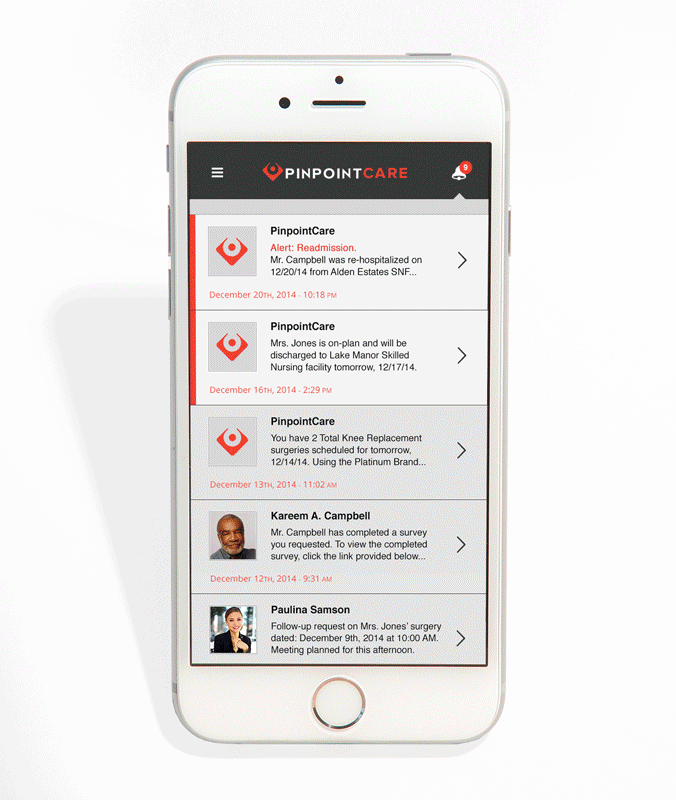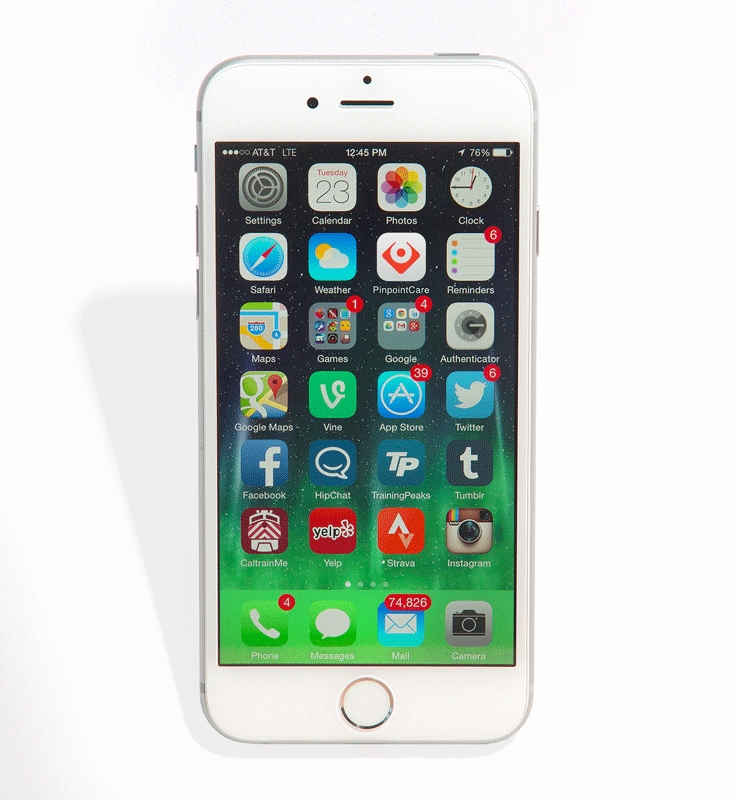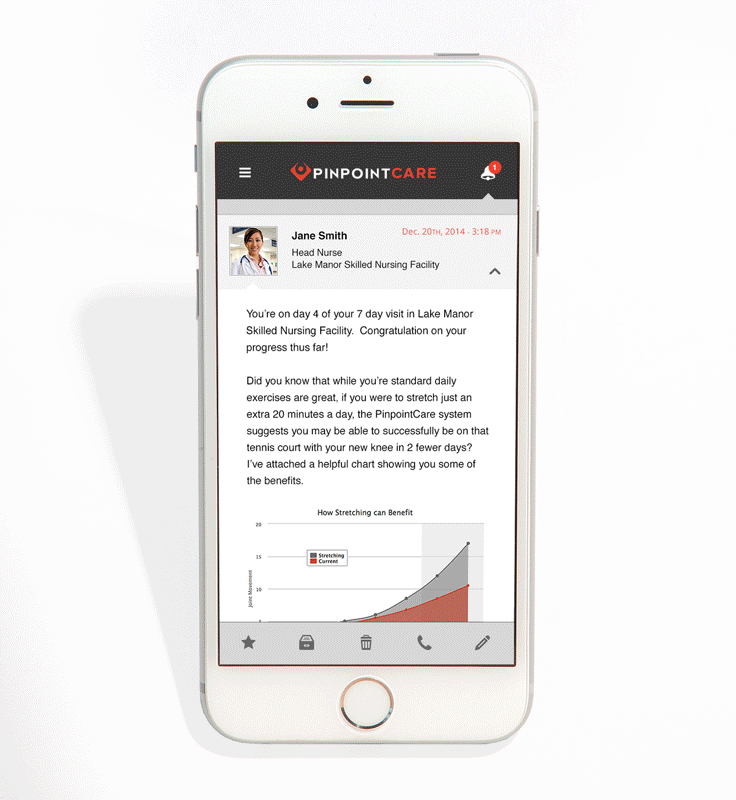Portfolio
PinpointCare: Patient Engagement - "Connected Care"
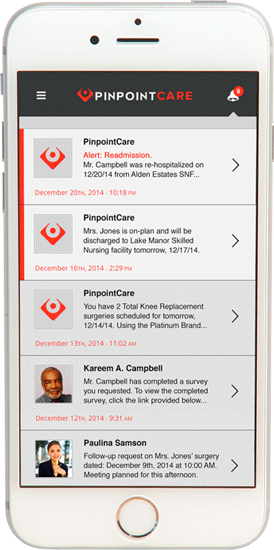
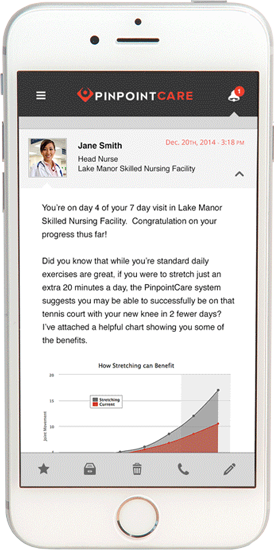
Brief
Senior Experience Designer
Company
Pinpoint Health / PinpointCare
Date
2015
Saas - Responsive Web Application
Methodology
Mobile-First
Atomic Design
UX Project Director
Design Team Lead
Workshopping
Wireframes
Prototyping
High Resolution Design
Business Development & Strategy
Design Pitch & Presentation
Objective
Hospital physicians have busy days. They see dozens of patients through-out their shift and they are responsible for the health of each of these patients. If a patient regresses, or isn't seen when they need a physician the most, difficulties can occur.What this application does is give the physician a tool they can walk with, fill out in the elevator, or on break instead of finding a terminal in a room, a hallway or office. When a physician is doing their rounds, they need to know who to visit, have the data they need at hand, and make sure, with analytics that they can see results and history quickly. Seems pretty simple right?
Goals:
- Access to patient information on-the-go
- Quick-view analytics to spot regression
- Simplified rounding and patient tracking
- Patient diagnosis and notes
- Send and receive messages
Above video steps through all the pages in the Physician's app showing how a physician can check diagnosis' do rounding, reply and review messages recieved and a whole lot more.
Objective: Patient
Following your post-op care and commuticating with your physician can be difficult and time consuming. What patients don't know, is that physicians want you to recover 100% just as much a you do, if not more. Why? Because readmission costs come out of the physician's company under the Affordabe Care Act.This app puts you in direct communication with your coordinated care physician through all steps of recovery.
Goals:
- Access to physician through messaging
- Push notifications on phases of care
- Information and help at a patient's fingertips
Process
The Pinpoint Health / PinpointCare UX process was actually put into place by me. Pinpoint is a start-up and so working with a lean team takes thinking creatively with a focus on time-to-development.Unfortunately, our staff didn't include a ux research team, and the research we did was by designers, and working closely with our available resources. A handy resource our company had were physicians, surgeons and medical specialists on the board of directors. The medical field is confusing, and if we didn't have the medically educated staff we did - including our own CEO, Bryan Dieter, we may never have gotten the product to the market. With the help of those resources, and user / physician testing, we were able to find patterns and create personas and user journeys that drove the creative process, a process to qualify our concepts.
I instituted a design sprint method that helped our design team stay 2 steps (or in this case 2 weeks) ahead of development. We created our own backlog, user stories, tasks and sizing excercise. We even created our own custom sizing cards that were as fun and creative as us. We worked closely with development teams to adhere to framework standards and development standards.
